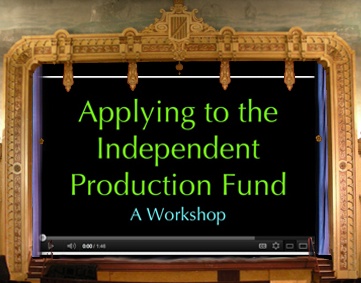It’s time to get my voice back out into the social media stream. I’ve been a little mute lately. Social media laryngitis.
After I wrote murder mysteries on Blue Murder for four years, I refused to read or watch a detective story for a long time.
And before, during and after the launch of Ruby season 1, I was intensely focused on getting content onto the web. I needed a break from it.
But now it’s time to start again. I started earlier last time, but I have a bigger ship to get in motion this time.
Let’s look at the assets: RubySkyePI.com. Beautiful design. Navigation? Not so much. Totally my fault. I like endless numbers of menus and pages that can only be reached by circuitous routes.
It needs an overhaul and for the moment it is silent. No new material is getting put on there.
Ruby Skye P.I. also has Twitter, Facebook, YouTube, Flickr, Pinterest, Tumblr and assorted other communication channels. At the moment, all are dormant.
Then there are my personal assets – too numerous to enumerate since I essentially join every social network and social site I hear about in my search for narrative potential. All of it’s quiet. I barely Tweet these days.
But I have to get it all started again, get the machine running in order to promote Ruby Skye P.I. Season 2. Yay!
The idea of getting the machine moving is a little scary. Luckily, Julie Giles is working with us this season. It is very cool to try to integrate the marketing into the project from such an early stage. But meanwhile, I still have to start nudging my own social media machine into motion gradually.
Last week, I made a list of some of the themes in the new story. These can help me identify communities with similar interests and also the kind of content they might be interested in.
There are some big themes in the show that we hope will attract some community around it. There’s the literacy strand – it’s set in a library and many of the clues have to do with popular tween novels. The librarian is a main character and the library itself is a character. Another big strand is the promise given by the title: The Haunted Library. There’s a ghost, a séance and a frightening night in a dark place. It’s a detective story, so another big theme is mystery and all that goes with it.
I made a quick list of 5-8 words that are synonymous with those big themes and then just kept writing trying to capture other themes – like being sisters, being awesome, interactive storytelling, (digital) media literacy.
There’s more. But that’s a start. From those themes, I can start to pull out who might be the audiences and communities I want to reach and then I can start to match them to the channels that might be the best ways to reah them.
Teachers – Twitter, Pinterest
Librarians – Twitter, Pinterest
YA Book lovers (and of a bunch of specific books) – GoodReads, Twitter, Pinterest, Tumblr
Detective Fiction fans – GoodReads, Twitter, Pinterest
Teens and Tweens – Tumblr, Facebook, VidCon
Transmedia/Web Series folk – personal and company blogs, Twitter, personal appearances
Ghost and scary stuff fans – Tumblr, Twitter, Pinterest, Facebook
Then I can set up a chart that matches content to channels. (Below please express appropriate awe at my first ever html chart. Yes, it’s a little misshapen, but nonetheless, a thing of beauty!)
| Teachers | Librarians | Tweens | Ruby Skye fans | Web Series community | |
|---|---|---|---|---|---|
| Digital education Media literacy, Girls & body image Girls & tech |
Libraries, librarians, rare books |
Actor news, production news, awards |
web series news, RSPI news, web series meta |
Tumblr | YouTube, Glee, Harry Potter, Chocolate, brownies, cool tech |
Actor news | Libraries, librarians, rare books |
YouTube, Glee, Harry Potter, Chocolate, brownies, cool tech |
Actor news | web series news, RSPI news, web series meta |
Digital education Media literacy, Girls & body image Girls & tech |
Libraries, librarians, rare books | Actor news, production news, awards |
Next comes the Google Alerts on each theme. I set up a separate email account to collect them. My gmail account is already full as it is.
I’ll start culling the feeds for relevant content and pumping it back out through the appropriate channels.
Other steps will follow: Finding the right people to follow, refining information sources, starting to converse more and interact with people, creating original content on these themes, generating more show information, set up a theme calendar…









